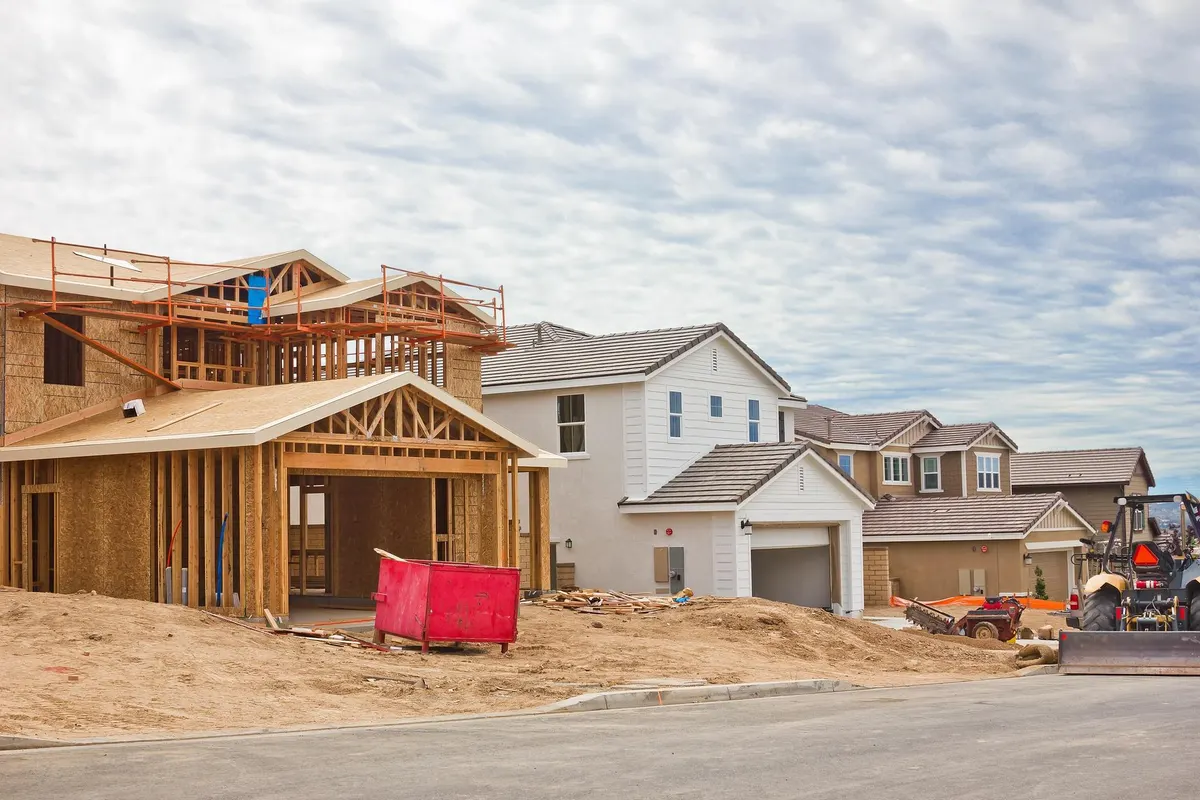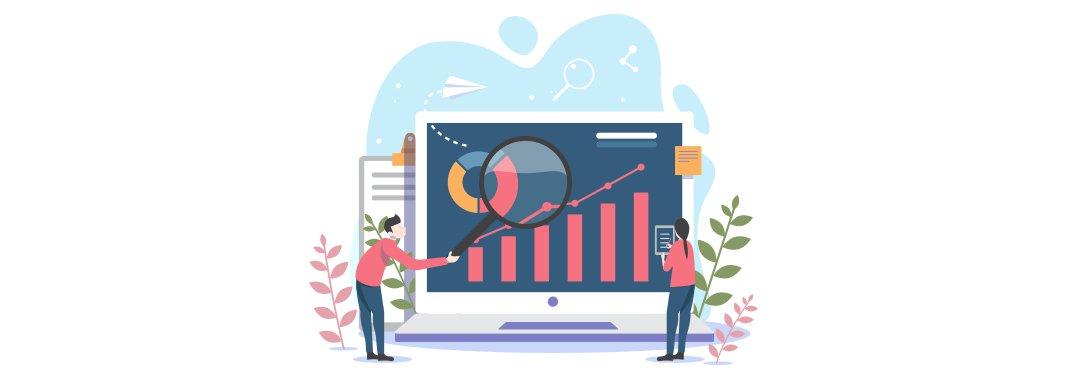For the first time in nearly a decade, the Federal Reserve raised interest rates in mid-December 2015, signaling a likely rise in loan rates for small businesses, cars, mortgages and credit cards.
The cost of borrowing money is getting more expensive with the nation’s central bank raising its benchmark federal funds rate by 0.25 percent to 0.5 percent. The small hike should eventually trickle down to home mortgage rates, which have been at historic lows for years.
“If you’re on the fence, now’s the time to get off the fence and get moving,” says Sam DeBianchi, founder of DeBianchi Real Estate in South Florida, of the added motivation for potential home buyers.
How home loan rates rise
Fixed, 30-year mortgage rates aren’t directly tied to the Fed’s funds rate, but are tied to 10-year Treasury rates rather than the short-term rates the Fed controls, says Bill Kusman, mortgage president at First Bank. These Treasury rates move on expectations in the market and economic indicators, Kusman says, along with indicators from the Fed.
As of early January, or less than 30 days after the Fed’s rate increase, mortgage rates remained flat.. Mortgage rates are expected to rise, but not at a fast rate, Kusman says.
“Just because the Fed moves, it has no direct correlation to what interest rates will be,” Kusman says.
What could make long-term mortgage rates go up more is if the Fed continues increasing interest rates, he says.
A potential bigger impact, he says, is if inflation is muted and unemployment numbers rise, which could cause interest rates to drop.
While other economic indicators affect mortgage interest rates, the rates closely follow Treasury bills, and rising rates should be seen as a good thing, overall, says Dave Gorman, a Bank of America regional sales executive for the Pacific Northwest.
“If rates are going up, you’re generally seeing an economy improving,” Gorman says.
How higher rates affect home loan
A 0.25 percent increase in mortgage rates doesn’t amount to much in dollars and cents. For a $250,000 home loan, such an interest rate increase equates to $35 more per month in mortgage payments, Gorman says.
“A gradual, small increase over time isn’t going to diminish borrowers’ buying power,” he says.
Interest rates are still at historical lows, so consumers who are worried about a 0.25 percent rate increase may not be the right financial position to buy a home, Gorman says. “The cost of borrowing money right now is tremendously low,” he says.
People should buy a home they can afford, Gorman says, and not base affordability on if interest rates rise. Your circumstances determine when you should buy a house, not the economy, he says. “Not everyone can afford a home at all times,” he says.
“I never think it’s right to time the market at the best time and the best rate,” Gorman says.
Short-term rate effects
Adjustable rate mortgages, or ARMs, more closely follow Fed moves and are rising more rapidly than fixed-rate mortgages, Kusman says.
Since October, five-year ARMs are up 0.375 to 0.50 percent through early January to 3 percent, he says.
A bigger increase of 0.75 percent increases a monthly mortgage payment on a $200,000 loan by $83, Kusman says. ARMs are currently about 0.75 percent less than 30-year fixed rates, which is the gap where ARMs are a better deal, he says.
But if the Fed continues raising interest rates, fewer homeowners will want to refinance their home loans, Kusman says, though they may want to get out of rising ARMs.
Harder to qualify for loans
Another possible result of higher interest rates is that with higher payments, more people may drop out of the housing market because they can’t afford the higher payments or they don’t qualify for a higher loan.
“As rates go up, fewer people will qualify for mortgages,” Kusman says.
Higher home loan payments can increase a debt-to-income ratio, preventing some people from qualifying for a loan.
Will home price gains slow?
Having less buying power could slow the rise of home prices, as fewer people shop for homes.
“I think it is definitely going to slow things down a little bit, but that’s a healthy thing,” says DeBianchi, the real estate agent.
That could lead to less competition in hot markets, potentially lessening home price increases and making homes a bit more affordable even as loan costs increase. For fence-sitters, it can be motivation to buy a home at interest rates that are still at historical lows.
Don’t expect rapid interest rate hikes. The Fed has forecast that interest rates will rise by a quarter-point roughly every three months this year, a gradual rise that may take some time to hit mortgage rates.





